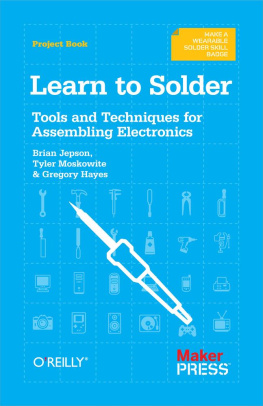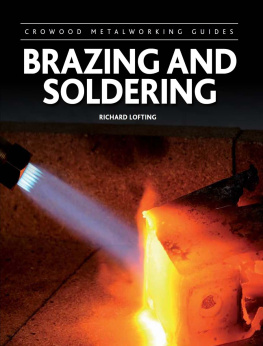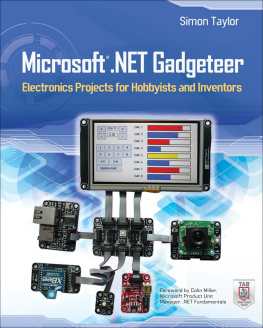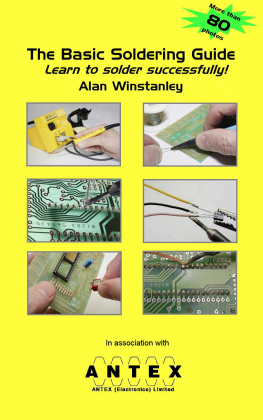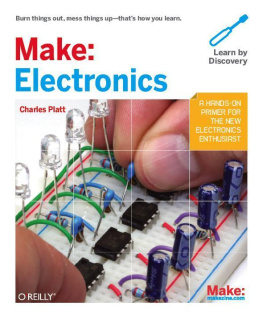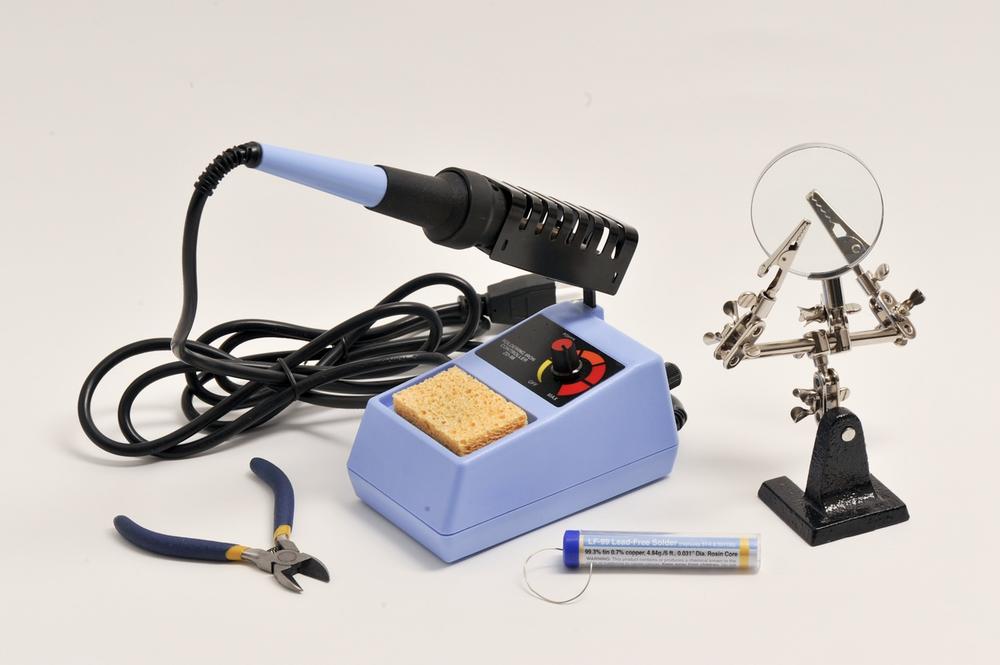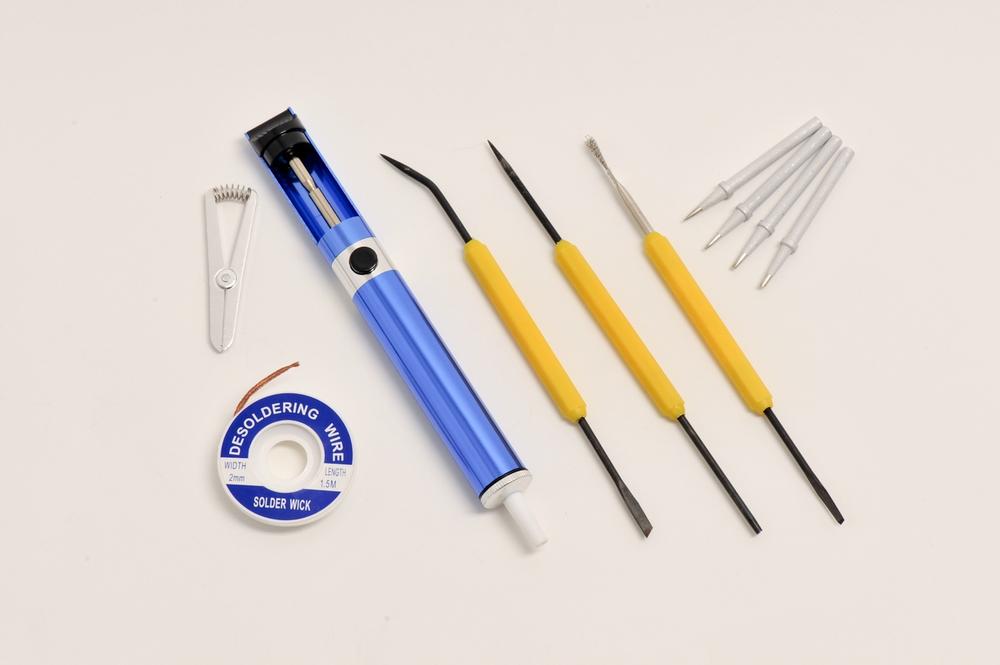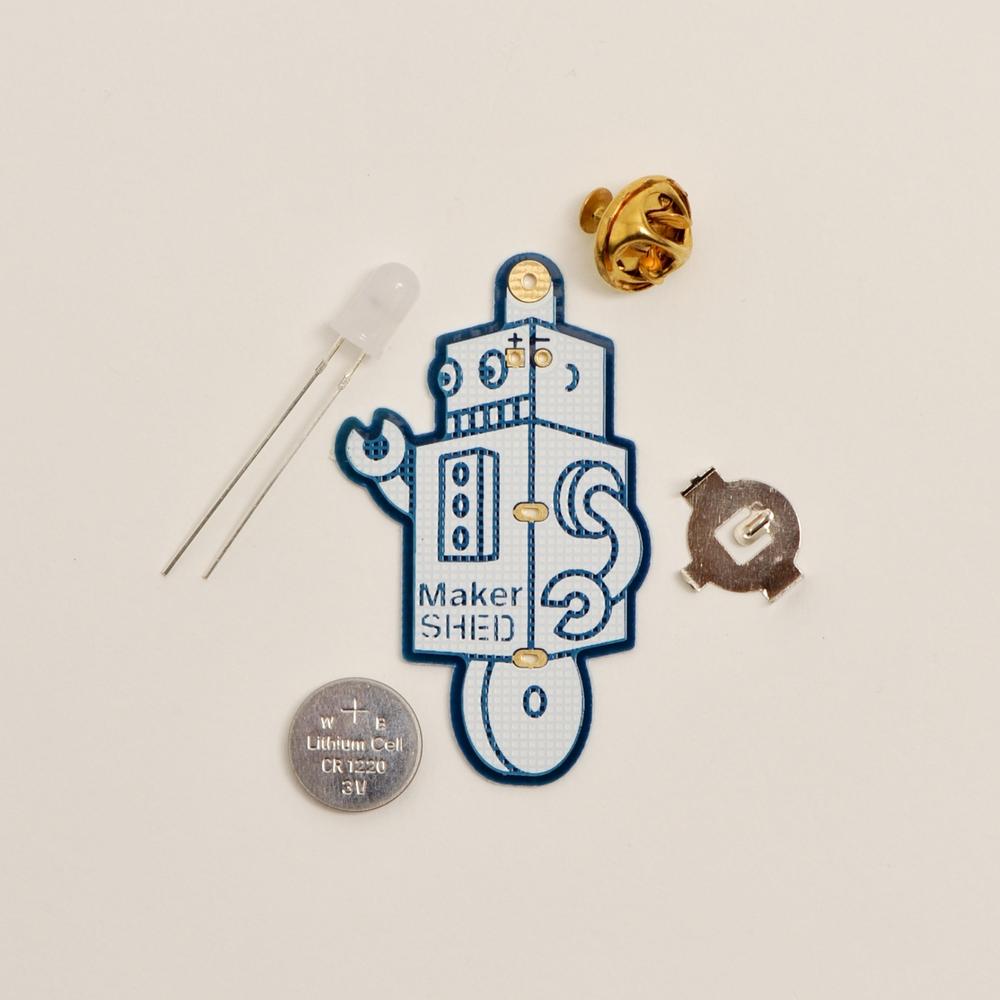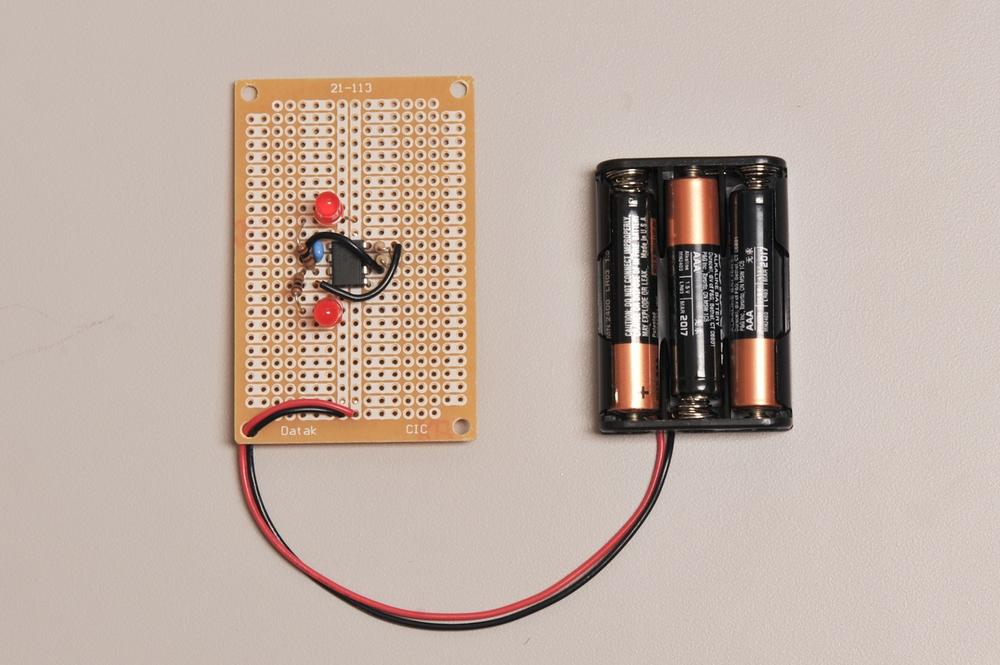Brian Jepson - Learn to Solder: Tools and Techniques for Assembling Electronics
Here you can read online Brian Jepson - Learn to Solder: Tools and Techniques for Assembling Electronics full text of the book (entire story) in english for free. Download pdf and epub, get meaning, cover and reviews about this ebook. year: 2012, publisher: OReilly Media, genre: Home and family. Description of the work, (preface) as well as reviews are available. Best literature library LitArk.com created for fans of good reading and offers a wide selection of genres:
Romance novel
Science fiction
Adventure
Detective
Science
History
Home and family
Prose
Art
Politics
Computer
Non-fiction
Religion
Business
Children
Humor
Choose a favorite category and find really read worthwhile books. Enjoy immersion in the world of imagination, feel the emotions of the characters or learn something new for yourself, make an fascinating discovery.
- Book:Learn to Solder: Tools and Techniques for Assembling Electronics
- Author:
- Publisher:OReilly Media
- Genre:
- Year:2012
- Rating:3 / 5
- Favourites:Add to favourites
- Your mark:
Learn to Solder: Tools and Techniques for Assembling Electronics: summary, description and annotation
We offer to read an annotation, description, summary or preface (depends on what the author of the book "Learn to Solder: Tools and Techniques for Assembling Electronics" wrote himself). If you haven't found the necessary information about the book — write in the comments, we will try to find it.
Learn the fundamentals of solderingand pick up an essential skill for building electronic gadgets. Youll discover how to preheat and tin your iron, make a good solder joint, desolder cleanly (when things dont quite go right), and how to use helping hands to hold components in place.
This concise book is part of MAKEs Getting Started with Soldering Kit. Using the tools in the kit and some electronic components, you can practice soldering while making fun blinky objects. Then show the world you just learned a new skill by wearing the Learn to Solder Skill Badge.
- Learn how to prepare your workspace
- Get to know the components youll work with
- Use the best methods for soldering components in place
- Experience the perfect solder joint
- Know how to desolder when things dont work the first time
Heat up the iron and start soldering today!
Brian Jepson: author's other books
Who wrote Learn to Solder: Tools and Techniques for Assembling Electronics? Find out the surname, the name of the author of the book and a list of all author's works by series.

